Bloomberg: “It’s a balance sheet, scale and electronification game now, and the bigger you are, the better you do,” says Satnam Sohal.
In The News
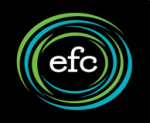
eFinancial Careers: Research last month from Greenwich Associates revealed that when volumes surged for U.S. treasuries in March, it was humans that made all the difference.
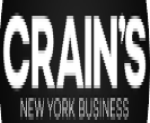
Crains NY: “It’s clear that the frustration from some companies and business owners has driven them to the switching point,” said Steve Busby.
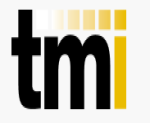
A recent Greenwich Associates report concluded that, to meet new demands, treasurers felt they needed additional resources to fully support company initiatives, especially in tracking risks.
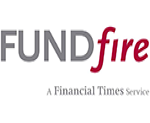
FundFire: Seventy-one percent of institutional investors are eager to invest in funds that employ AI, according Greenwich Associates.

Your Home Office Is a Hacker’s Paradise. Here’s Why.
Institutional Investor: Tierney says that “power users” — traders, supervisors, heads of compliance — need more than just laptops to do their job.

CFA Institute reveals client trust touchpoints
Wealth Professional: According to Greenwich Associates 51% of Canadian investors trust in the financial-services industry — the same level of trust that a similar poll revealed in 2018.
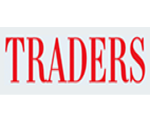
Nasdaq Leverages the Cloud for Data Delivery
Traders Magazine: According to recent data from Greenwich Associates, 93 percent of market data professionals plan to use the Cloud to manage their data needs.

Reuters: JP Morgan (JPM.N) is the top dealer in electronic FX trading among financial clients, according to a survey by consultancy Greenwich Associates.
Bloomberg: But primary dealers have to manage their own risks in a crisis, said Kevin McPartland.
Pages
Awards
- 2025 Coalition Greenwich Awards: Corporate Trade Finance in Europe
- 2025 Coalition Greenwich Awards: Asian Corporate Trade Finance
- 2025 Coalition Greenwich Awards: Corporate and Commercial Banking in India
- Investment consulting: A relationship business in a transactional world
- 2025 Coalition Greenwich Leaders: Middle Market Banking in the U.S.
